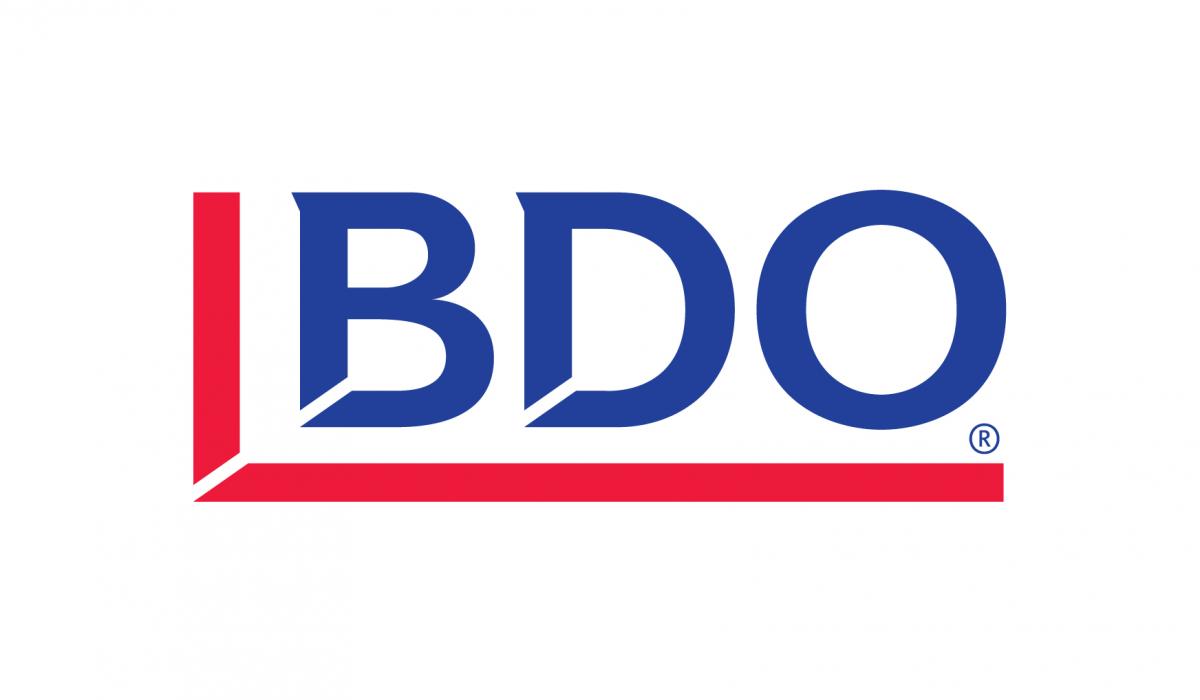Weighing the Benefits of Selling a Company In or Out of Bankruptcy
By David Berliner with BDO, a partner of the M&A Leadership Council

While the economy has been expanding in 2018, the sizable number of bankruptcy filings reflect shifting consumer preferences, continued technology disruption, rising competition, and the decision to take on too much debt. Over the past several years, financially distressed companies have increasingly used bankruptcy as the preferred method to sell significant assets or entire businesses, as it carries numerous benefits. Bankruptcy sales generally enable buyers to obtain assets at more favorable prices than they would pay if the sale was completed outside of bankruptcy.
The bulk of these bankruptcy sales have been conducted in accordance with Section 363 of the Bankruptcy Code, which permits assets to be sold free of existing liens and claims and allows the buyer to retain the assets it wants and offload liabilities. The purpose of a Section 363 sale is to maximize value as quickly as possible and ensure all relevant parties have notice of the sale. The scope of assets that can be sold through Section 363 sales is very broad. The assets can be in the U.S. or foreign countries, and can include intangible and tangible assets, such as inventory, equipment, and property.
Section 363 allows a Chapter 11 debtor to sell assets outside the ordinary course of the debtor’s business, and clear of existing liens and claims, if the debtor demonstrates a good business reason for the sale. A Chapter 11 debtor may also sell its assets free and clear of existing liens pursuant to a Plan of Reorganization or Liquidation. The biggest advantage of purchasing assets from a bankrupt debtor is the buyer’s ability to take only the assets it wants and leave behind undesirable liabilities with the debtor.

